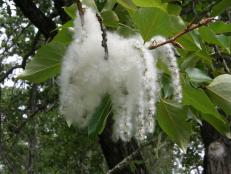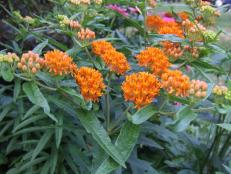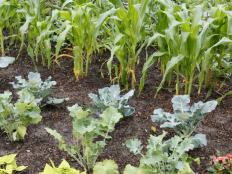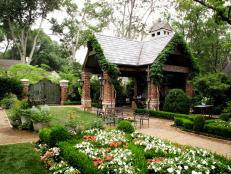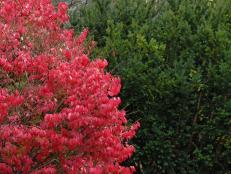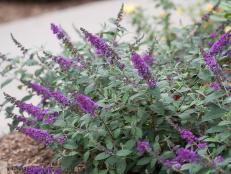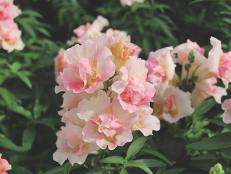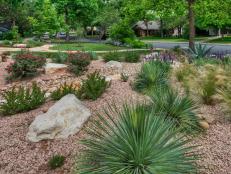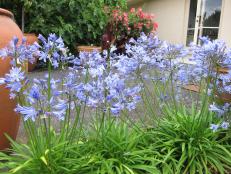Look to Native Species When Plotting Out Your Garden

Image courtesy of Robert Radifera
When it comes to deciding what to plant in your front yard, stay in the zone and go native.
What works in a front yard garden depends on where you live and can vary from region to region and even from one neighborhood to the next. That’s why landscaping experts recommend focusing on native plants, those with a proven track record of survival.
“It’s important to understand not just what plants are native, but you also need to know the habitat,” said Paul Verlander, of Verlander Landscape Architecture in Orlando.
Floridians enjoy beautiful tropical weather, but droughts are not uncommon.
The remedy? Verlander suggests hardy native plants such as palmettos and coontie.
“Plants in Michigan need to be tough,” said Karleen Shafer, senior designer with Landscape Design and Associates.
Shafer says Michigan faces freezing winters and brutal summers. So the plants “have to deal with extremes,” she said.
“Conifers cover much of our state and do well. We also have many deciduous trees, shrubs, perennials and prairie plants as well," said Shafer. In Michigan there is also much more water than in other drier states and plants that can tolerate wet feet also need to be included.
"Our growing season is shorter than most of the country. Annuals need to be planted after danger of frost which could still come in May” said Shafer.
Those who live in the Dallas-Fort Worth metroplex, are used to temperatures swinging 40 degrees in a matter of hours.
“Our zone will get very cold and very hot within the same day,” said Glen Bonick, of Bonick Landscape Design.
“We often experience 100 plus temperatures in the summer. That’s very stressful on plants. Yet, although it’s hot, we can’t grow a lot of tropical plants because we’ll get down to 20 degrees on a winter night after being at 60 during the day.”
Bonick opts for “drought tolerant” plants. “There are a lot of wonderful grasses. A lot of plant material will grow here. But bed preparation is extremely important.”
In addition to the part of the country, consider too, whether your home is located in a rural or urban environment. Although North Texas terrain includes grasslands, Bonick said soil closer to the city “lacks organic manner.”
“In an urban setting you don’t have that forest floor. We have a gumbo which is typically a very tightly compacted soil. When it does not have organic matter, it’s tough for new plants to thrive. Incorporating a well-rotted compost into the ground to help aerate is step one to achieving any quality landscape.”
Droughts are common in Texas. “With high demand on water and the population growth, we have to be concerned with plant matter that can survive without water.”
These include grasses, yuccas, hollies and cactus. Avoid bringing in adapted plants that require moist feet, said Bonick. “That’s going to require even more watering. Select plant material that is proven to be drought tolerant.”
In South Carolina the climate ranges from frosty winters to hot and dry summers. Caren Bower, annuals and perennials manager for Woodley Garden Center in Columbia, S.C., said the biggest issue in that area is sandy soil.
“The sand doesn’t hold the water well, especially in August,” Bower said. “You need to have the soil prepared so that it will retain moisture.”
Bower recommends annuals such as portulaca and vinca. For color, she likes perennials like black-eyed Susans, Mexican petunias and lantana. “They are extremely heat tolerant and can also tolerate a little drought,” she said.
For evergreens, she likes cedars, holly and junipers, all of which she has in her yard.
People relocate and adapt all the time. But when it comes to planning your front yard garden, choose native plants with deep roots.






